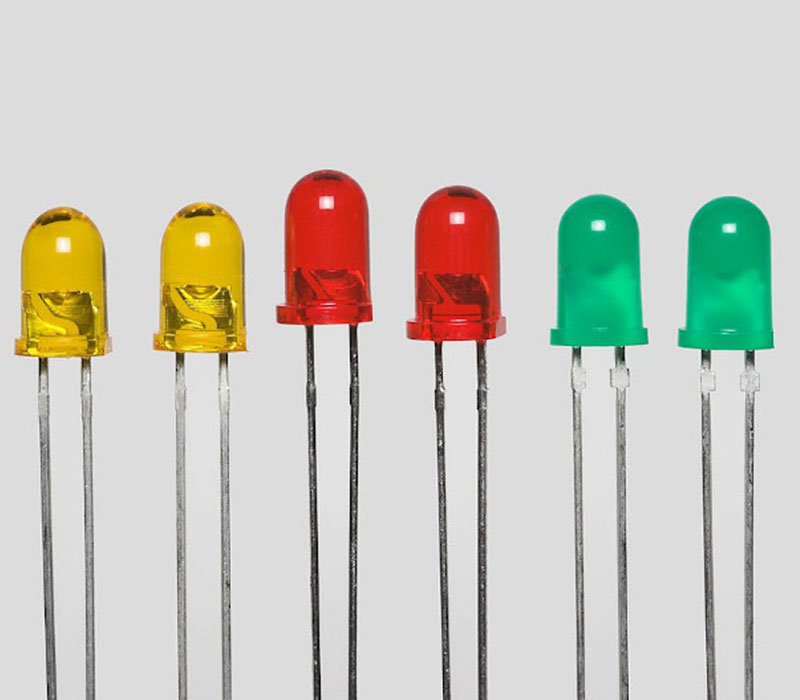the history of LED lighting

. Many people believe that LED (Light-emitting diode) lighting is a 21st century invention, in reality LED’s were created in 1927 and have been developing ever since. Many people have helped create the LED lights that we use today.
Below is a short summary of LED lights history.
1927- Russian inventor Oleg Lesev reports the creation of the first LED. Publishing theories on his findings.
1952- Professor Kurt Lechovec tests some of Losevs theories, he goes on to explain the first light-emitting diodes.
1958- Egon Loebner and Rubin Braunstein create the first green LED.
1962- Nick Holonyak develops a red LED- the first on the visible spectrum. The First LED is created.
1964- IBM starts to implement LED’s for the first time on a circuit board in an early computer.
1968- Hewlett Packard (HP) starts incorporating LED’s into its calculators.
1971- A blue LED is created by Edward Miller and Jacques Pankove.
1972- Electrical Engineer M. George Craford invents the first yellow LED.
1986- Herbert Maruska and Walden C. Rhines from Stafford University create a working blue LED using Magnesium. Setting all future standards.
1993- Physicists Isamu Akaski and Hiroshi Amano develop a high-quality Gallium Nitride for blue LEDS.
Through Akaski and Amanos developments, electrical engineer Shuji Nakamura creates the first high-brightness blue LED, which quickly leads to the development of white LEDs.
2002- White LEDs for residential use become commercially available for approximately £80-£100 per bulb.
2008- LED lights start to become popular in schools, offices and hospitals.
2019- LED lights are the main source of lighting, halogen and fluorescent bulbs are being phased out.
The development of LED lighting is amazing, it has gone from a small indicator life to now being one of the main ways people light their homes, offices, schools and hospitals.